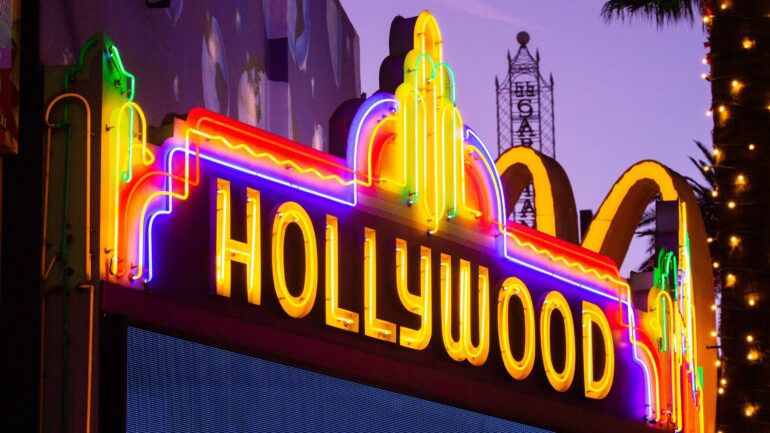TL;DR:
- The Hollywood writers’ strike agreement introduces groundbreaking rules governing AI use.
- AI cannot write or rewrite literary content and cannot undermine writers’ individual rights.
- Writers have the freedom to choose AI collaboration but cannot be forced to use it.
- Studios must disclose if AI-generated materials are incorporated into writers’ work.
- These guidelines set a crucial precedent for AI integration in Hollywood and creative industries.
Main AI News:
The recently resolved 148-day-long Hollywood writers’ strike has finally come to an end, and with it, a groundbreaking set of rules and regulations regarding the utilization of artificial intelligence (AI) in Hollywood projects. This agreement not only marks a significant milestone for the entertainment industry but also has far-reaching implications for AI’s role in creative and intellectual property-driven sectors. In this article, we’ll delve into the importance of these AI guidelines and their potential impact on the future of Hollywood and related industries.
Unsettled Norms in AI:
As AI continues to permeate various industries, including those centered on intellectual property such as acting, publishing, and journalism, the legal, creative, and labor norms surrounding its use have remained largely unsettled. The Hollywood writers’ strike agreement attempts to address this issue by establishing clear guidelines for AI’s role in creative processes.
AI and Literary Material:
One of the key provisions of the agreement is the stipulation that AI “can’t write or rewrite literary material.” This provision ensures that AI cannot replace human writers in creating original content, preserving the creative essence of storytelling. Additionally, AI-generated material “can’t be used to undermine a writer’s credit or separated rights,” which means that writers’ individual rights to their work remain intact, even in the presence of AI-generated content.
Freedom of Choice:
The agreement also emphasizes the importance of writers’ autonomy. Writers can choose to collaborate with AI tools, but they cannot be compelled to do so. This provision safeguards writers’ creative freedom and ensures that the use of AI remains a collaborative choice rather than a forced mandate.
Transparency and Disclosure:
To maintain transparency, studios are now obligated to inform writers if any materials provided to them have been generated by AI or incorporate AI-generated elements. This disclosure empowers writers to make informed decisions about their creative process and acknowledge the role of AI in their work.
Implications for the Future:
The significance of these AI guidelines extends beyond the immediate context of the writers’ strike resolution. These standards set a precedent for writers and creators in Hollywood at a time when AI tools like ChatGPT are becoming increasingly mainstream. By establishing clear boundaries and expectations for AI’s involvement in creative projects, the agreement paves the way for responsible and ethical AI integration in the entertainment industry.
What Lies Ahead:
While writers have gained substantial concessions in terms of better wages, benefits, and staffing minimums, the parameters surrounding AI are particularly noteworthy. As AI technology continues to evolve, these guidelines will serve as a reference point for navigating the intersection of AI and creative storytelling.
Looking ahead, SAG-AFTRA, the union representing actors, has expressed its intention to review the terms of the writers’ deal as they negotiate their own agreements with Hollywood studios. Actors are also advocating for guidelines surrounding AI in their ongoing contract negotiations, recognizing the need to address the evolving landscape of AI in the entertainment industry.
Conclusion:
The Hollywood writers’ strike agreement’s regulation of AI usage represents a landmark development in the creative and intellectual property-driven sectors. As the entertainment industry grapples with the integration of AI, these guidelines provide clarity, protection, and ethical standards that will shape the future of Hollywood and beyond. In a world where AI’s role in storytelling is only set to grow, these rules set today are likely to serve as a blueprint for the future of AI-driven creativity and labor in Hollywood and related industries.

